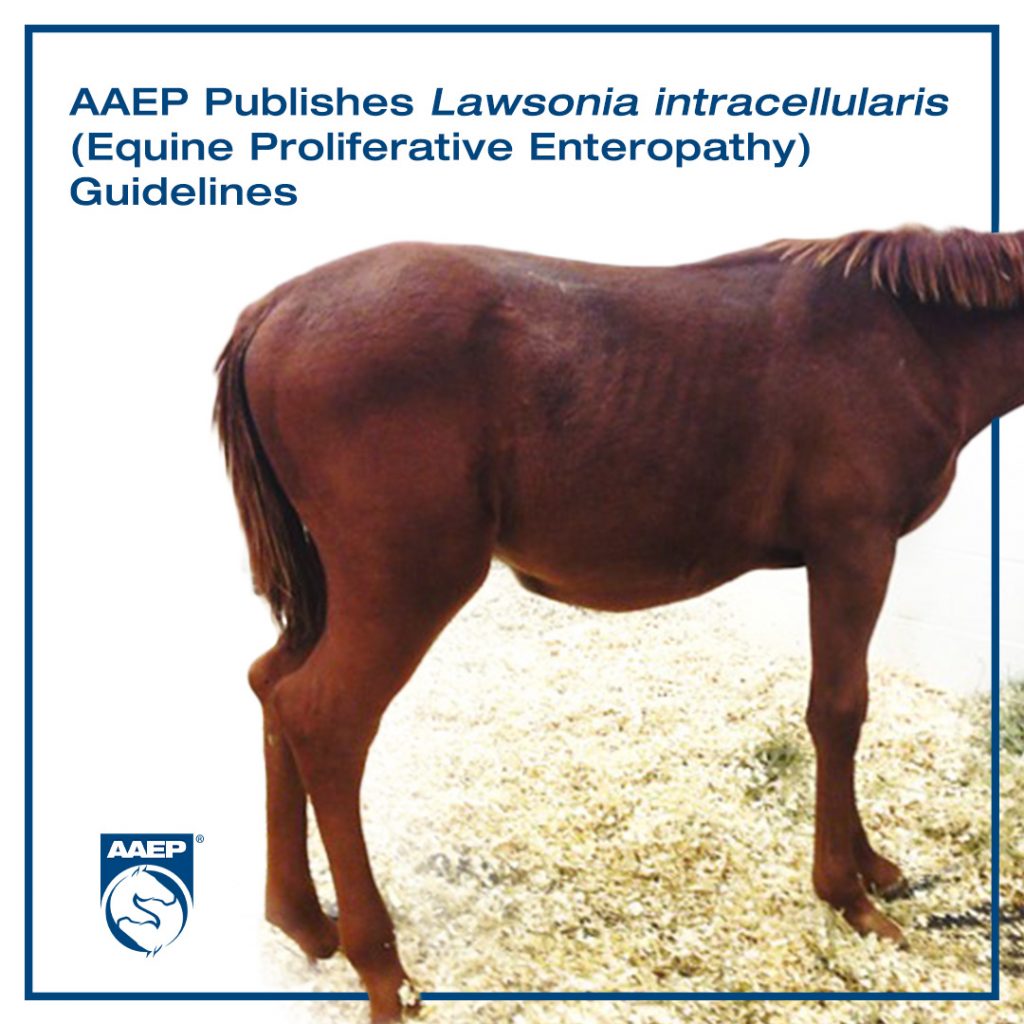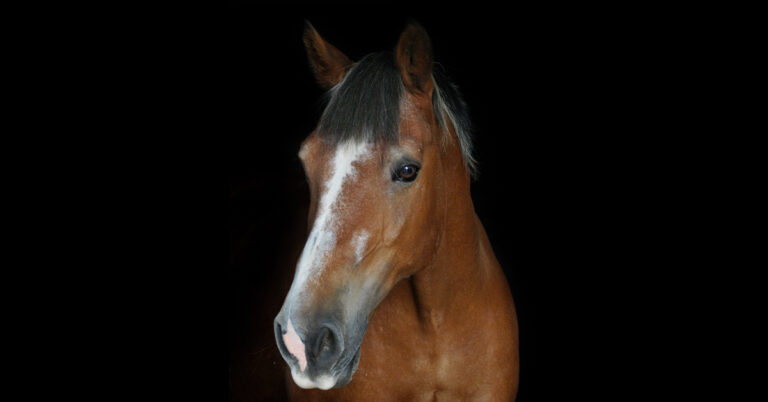
The American Association of Equine Practitioners (AAEP) has published on its website comprehensive guidelines to assist veterinarians with clinical signs, risk factors, treatment and other considerations associated with Lawsonia intracellularis (equine proliferative enteropathy). This enteric disease typically manifests in weanling and yearling horses during the fall and early winter in North America.
About Equine Proliferative Enteropathy
Equine proliferative enteropathy is caused by the obligate, intracellular bacterium Lawsonia intracellularis. The bacterium thrives in environments with low oxygen concentrations such as feces. Among the clinical signs of EPE are anorexia, rapid weight loss, dependent edema, depression, rough hair coat, fever, colic and diarrhea. Approximately 5% of exposed horses will develop clinical disease. An additional 5% will develop subclinical disease, manifesting as sub-normal weight gain.
Uncomplicated cases of EPE have a high survival rate. Treatment consists of antimicrobial therapy and supportive care such as intravenous fluids. A standard time course of treatment, based on the antimicrobial selected, is typically sufficient. Affected horses should be isolated for seven days following the start of treatment to ensure the complete cessation of shedding.
About the New Guidelines
The guidelines were co-authored by Allen Page, DVM, Ph.D., scientist/veterinarian at the University of Kentucky’s Maxwell H. Gluck Equine Research Center, and Rebecca Ruby, MSc, BVSc, DACVP, DACVIM-LAIM, assistant professor at the University of Kentucky’s Veterinary Diagnostic Laboratory. The AAEP’s Infectious Disease Committee and board of directors reviewed and approved the guidelines..
“Equine proliferative enteropathy continues to be an issue for the horse industry,” said Dr. Page. “With these new AAEP guidelines, Dr. Ruby and I hope the information will help veterinarians appropriately diagnose and treat this unusual disease.”
View the Lawsonia intracellularius (EPE) Guidelines or save them to your mobile device at https://aaep.org/document/equine-proliferative-enteropathy-guidelines. AAEP guidelines for 24 other equine infectious diseases are available at https://aaep.org/guidelines/infectious-disease-control/using-guidelines. In addition, six foreign animal disease guidelines are available at https://aaep.org/infectious-disease-control/foreign-animal-disease-guidelines.
About AAEP
The American Association of Equine Practitioners, headquartered in Lexington, Ky., was founded in 1954 as a non-profit organization dedicated to the health and welfare of the horse. Currently, AAEP reaches more than 5 million horse owners through its over 9,000 members worldwide. It is actively involved in ethics issues, practice management, research and continuing education in the equine veterinary profession and horse industry.








